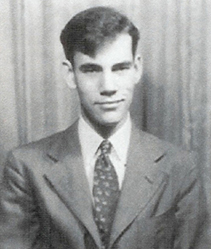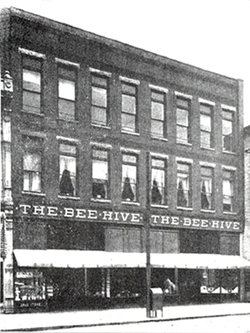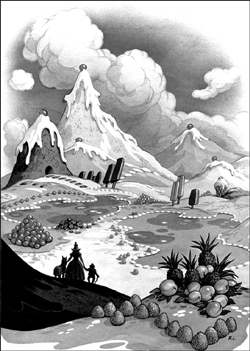While examining a May 24, 1940 student newspaper, “Junior High News – Graduation Edition,” I spotted a name in the “Guest Editorial” section that I recognized – Stan Barlow, an occasional contributor to my column. The youngster, who had graduated the previous year, penned the piece, “On to High School” in 1939 that tells of his thoughts of attending Science Hill High School:
“Before beginning our activities at the Science Hill, we should realize that we are taking our place in an institution which has a very colorful history and a prominent standing among secondary high schools of the south and that it will be our duty to keep the ball rolling. Since 1866, our high school has emerged gradually from a crude little log school to the fine structure, which now stands on the terraced hill overlooking our business district.

“We are provided with a school with about fourteen well-equipped, well-instructed departments, which touch vocations, art, fundamental subjects, sciences and gymnastics. How much more fortunate are we than the young men and women of many other nations. Indeed, we should be thankful and take every opportunity for increasing our knowledge and skill.

Stan Bartow at age 15
“Our high school offers four main courses – Commercial, State, College Preparatory and Special. These will be explained to us when we register. We all know the value of thinking thoroughly before choosing our course. Now what we should deal with are the elective subjects. These included such activities as band, orchestra, glee club, public speaking, expression, R.O.T.C. and physical education. Each student is allowed to select one of those subjects and if his scholastic average is 90 or above, he is allowed to select two minor subjects.
“It is very valuable for us to develop good strong bodies as well as healthy minds and the school needs a number of athletes and beginners in this field to keep our competitive sports at the head of the line. For this purpose, a splendid round of sports has been provided for those interested. One will find tennis, basketball, football, track and baseball to choose from.
“In order to make the most of our high school education, let us think carefully through these courses and activities and chose those which will help us to take our place as a contributing member of society.”
I sent Stan a copy of the editorial. He replied that while he was in the ninth grade, he performed a role in a play that required him to dress like a girl. Knowing that his principal, A.E. Sherrod, a father figure to him, enjoyed his performance, it boosted his sagging adolescent ego. He credited two high school teachers, Margaret Dugger and Robert Hickey and principal, N. E. Hodges, for helping him realize that he needed to take life more seriously and obtain a quality education.
With an impending war looming, Stan impressively expedited his high school experience by taking extra courses. He graduated from SHHS in 1942 in absentia because he was already away in college.
Stan commented on the four curricula classifications mentioned in the paper, explaining that Commercial was for students who planned to work as stenographers or secretaries in business and other offices. He surmised that State was a curriculum that complied with the minimum requirements set by the State Board of Education. College Preparatory was self-explanatory; it set additional requisites, such as 2-3 years of a foreign language.
Reflecting on his school experiences, he said: “Just thinking about those years gives me chills of nostalgia. With all their turmoil, they come close to being the best, don't they?”




